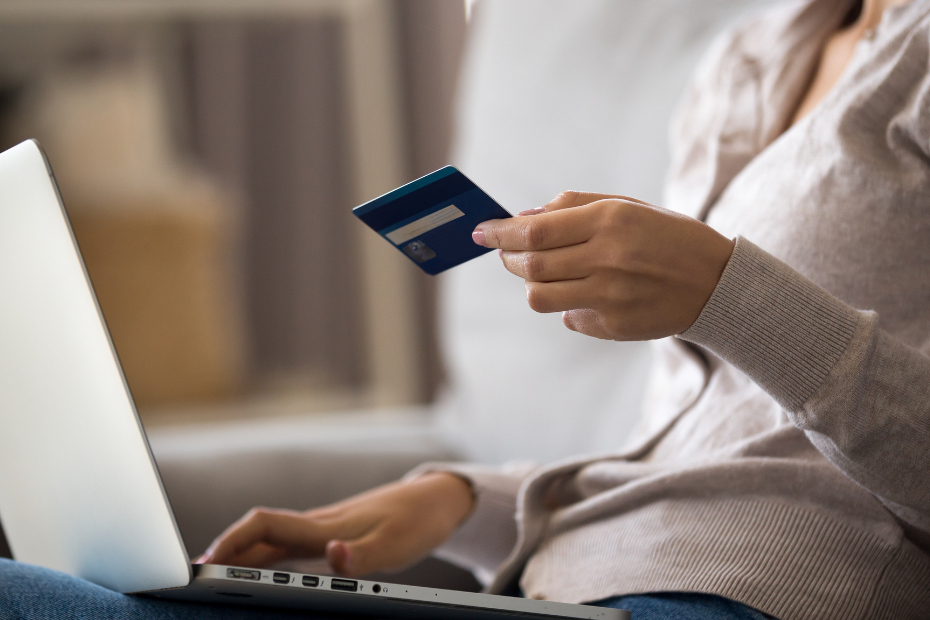Your Top Eight Mobile and Online Banking Questions Answered

Published May 8, 2020 • 5 Min Read
Canadian banks have been helping people feel comfortable and confident while banking electronically for some time now. But if you’re less familiar with technology, or trying it out for the first time, the idea of online or mobile banking can feel intimidating.
As Canadians focus on staying in these days, we have answered some of the most common questions asked about banking from home.
1. Are Mobile and Online Banking Safe?
In short, yes, very safe. Banks in Canada are held to a very high standard when it comes to digital security and safety. Your accounts are password protected online, the same way they’re protected on the computers in a branch. And if you use a mobile banking app on a smartphone, many phones may require the use of a fingerprint before you can access your accounts, adding an additional layer of security.
Many banks also provide fraudulent purchase guarantees, like the RBC Digital Banking Security Guarantee1, which will refund any online or mobile transactions their clients didn’t make, assuming they have taken care to ensure the security of their transaction. What’s more, customers can sign up to receive alerts on their phone or computer whenever charges or payments are made from their account, so they always know when there’s been a transaction.
2. Are Mobile and Online Banking Difficult?
As with any new skill, there is a slight learning curve to getting proficient with mobile and online banking. But, it gets easier and easier every time you do it. To help you get started, RBC has launched initiatives such as step-by-step guides and videos that walk you through various mobile and online banking features.
3. What Kind of Equipment and Information Do I Need ?
As far as equipment goes, you’ll need a computer, laptop, tablet or smartphone with access to the internet. For setting up and logging into your account, you’ll need your client card number, credit card number or account number.
4. Does it Take a Long Time to Get Started?
Not at all. If you’re not typically active with technology, mobile and online banking may seem like a bit of a stretch. But thanks to tools and guides — or even help from a trusted family member or friend — most people can get set up in just a few minutes. (Of course, always be careful to not share your password, PIN or account number with anyone, even if they’re helping you get started).
Once set up, many computers and smartphones will automatically remember your client card number for you, so you’ll probably need to type that in once, making it even faster for repeat visits.
Need a hand? These step-by-step guides and videos can walk you through various mobile and online banking features.
5. Will It Cost Me More in Fees to Do Online Banking?
No. For most Canadian banks, RBC included, online banking is completely free.
6. Can I Pay Bills Online?
Yes, and step-by-step guides and videos can help you set up your bill payments through online and mobile banking. Then, you can schedule automatic payments from your account so you don’t have to worry about missing a due date. Usually all you need is the account number that can be found on your bill.
7. How do I Deposit Cheques?
Most banks in Canada allow you to deposit cheques using your mobile phone or tablet. You simply take a picture of the front and back of the cheque in the mobile banking app. Once deposited, the funds will show up in your account right away. No trip to the branch or ATM needed!
8. Can I Still Access My Statements If I Use Mobile and Online Banking?
Of course. You can in fact view up to seven years of statements on your phone or computer anytime you need to.
If you have other questions, don’t be afraid to ask.
Hopefully this has helped answer some of your questions around mobile and online banking, showing you that it is, in fact, easier, more convenient and more secure than you may have previously thought.
From the step-by-step learning tools available to helpful bank employees, there are a number of ways and places you can find the assistance you need to make online banking work for you. And don’t underestimate the willingness of a family member, friend or neighbour to answer your questions. Remember, everyone plays a part in keeping Canada safe.
Online banking can play a big role in reducing the spread of COVID-19, since most everyday transactions can be from home. And right now, home is the safest place to be.
To learn more, visit www.rbc.com/bankeasy
1. RBC will reimburse you for monetary losses to your Account(s) resulting directly from unauthorized transactions on your Account(s) using Digital Banking or Mobile Payments. For full details regarding the protections and limitations of the RBC Digital Banking Security Guarantee, including a definition of an unauthorized transaction and your responsibilities in ensuring the safety and security of your transactions, please see your Electronic Access Agreement for personal banking clients, and your Client Card Agreement for personal banking clients, and your Master Client Agreement and the Client Card Agreement for business clients.
This article is intended as general information only and is not to be relied upon as constituting legal, financial or other professional advice. A professional advisor should be consulted regarding your specific situation. Information presented is believed to be factual and up-to-date but we do not guarantee its accuracy and it should not be regarded as a complete analysis of the subjects discussed. All expressions of opinion reflect the judgment of the authors as of the date of publication and are subject to change. No endorsement of any third parties or their advice, opinions, information, products or services is expressly given or implied by Royal Bank of Canada or any of its affiliates.
Share This Article





